If a picture is worth a thousand words, then imagine the power of thousands of pictures of actual rising sea levels — even if, for now, the high water only lasts for a few hours or days at a time.
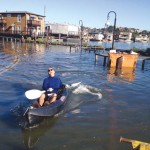
Sign up for our free weekly newsletter and understand everything better!

If a picture is worth a thousand words, then imagine the power of thousands of pictures of actual rising sea levels — even if, for now, the high water only lasts for a few hours or days at a time.
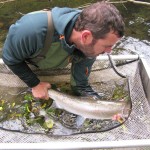
A new study aims to see how well our steelhead trout are doing AFTER they’ve grown up a bit. Are they getting big enough to survive in the ocean?
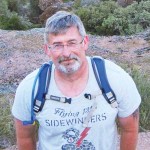
2013 Local Hero award-winner Seth Adams of Save Mount Diablo is a big-picture guy, but he also revels in the details of wildflowers, maps, building a trail, or building a coalition.
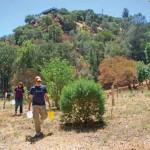
On a warm autmn morning, a half-dozen volunteers are watering young native plants on a piece of land known as Marsh Creek IV, just outside Clayton. The land, on the banks of its namesake creek, is one of several properties … Read more
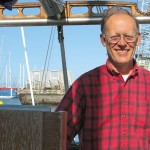
John Wade is one of about 20 skippers who make up the Farallon Patrol for PRBO Conservation Science. Skippers offer their boats and volunteer their time to sail to the Farallon Islands, a shuttle and resupply the scientists who live … Read more
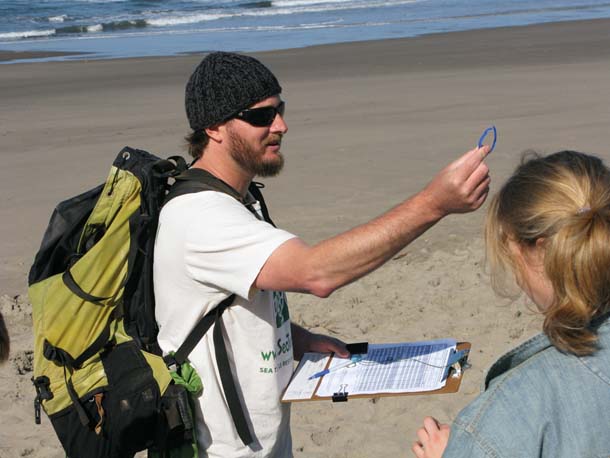
It’s early on a weekday morning, and Chris Pincetich is sifting through a small pile of debris on Stinson Beach. He’s at the high-water mark, called the wrack line. That’s where buoyant ocean flotsam gets stuck as the tide goes out. As we walk along, he stops and points out how plastic strapping looks a lot like weathered eelgrass. Pincetich isn’t your ordinary beachcomber. He’s a scientist trying to compile a local data set for a global problem: marine plastic pollution.
-150x150.jpg)
What better place than at school to get going on solar? The HELiOS project is making it happen for Bay Area schools.
-150x150.jpg)
Robin Grossinger directs San Francisco Estuary Institute’s Historical Ecology Program. Grossinger’s team uses hundreds of historical texts, photographs, and survey maps to depict what the Bay Area used to look like to help inform present and future stewardship, including several extensive restoration projects around the region.
-150x150.jpg)
Ellie Cohen became president and CEO of what is now PRBO Conservation Science in 1999. Under her leadership, the organization has grown from the local Point Reyes Bird Observatory, founded in 1965, to a hemisphere-scale operation, conducting bird-focused applied ecosystem studies on land and at sea. PRBO uses its wealth of data and partnerships to assess and reduce the impacts of changes in climate and land use on ecosystem health.
-150x150.jpg)
Two decades ago, parts of Claremont Canyon burned in one of the largest wildfires the Bay Area has ever seen. Since then, neighbors have steadily worked to make themselves at home in a fire-prone landscape.